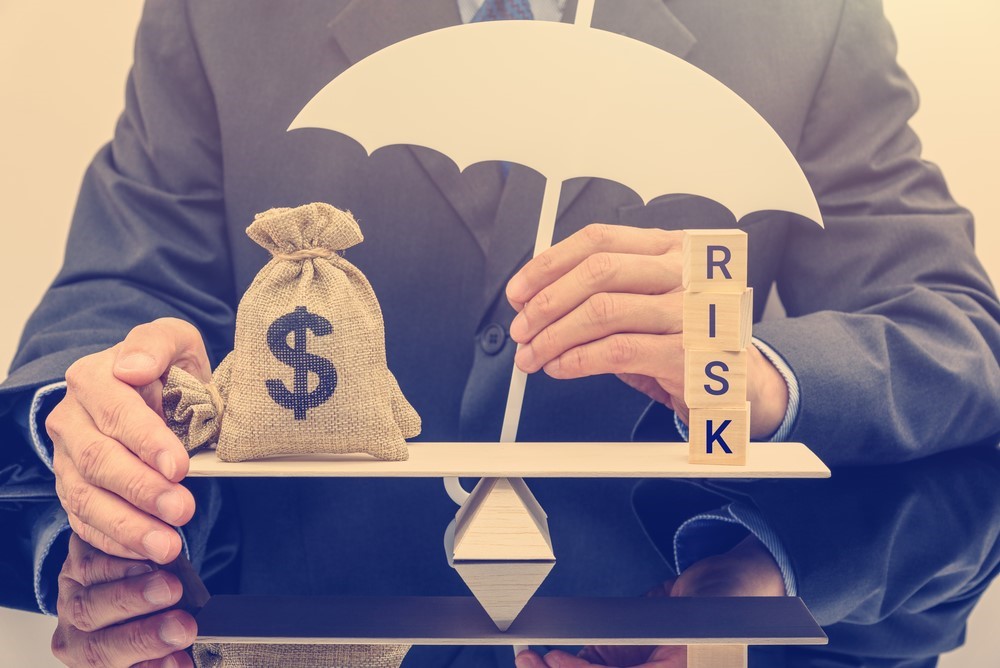
Assessing Risks Associated with Parties/Events
Organizing parties or events can be exciting, but it's important to consider the potential risks involved to ensure the safety and well-being of attendees. Assessing and managing risks associated with parties or events is essential for successful planning and execution. Here are key factors to consider when assessing risks for parties or events:
1. Venue Selection
Choosing a suitable venue is the first step in risk assessment. Evaluate the venue's capacity, layout, and infrastructure to determine if it can accommodate the expected number of attendees and any special requirements. Consider factors such as fire safety measures, emergency exits, accessibility, and compliance with local regulations.
2. Crowd Management
Crowd management is crucial to prevent overcrowding and ensure the safety of attendees. Assess the potential risks associated with crowd control, such as managing entry and exit points, maintaining clear evacuation routes, and implementing crowd control measures like barriers or designated areas for specific activities. Adequate staff or security personnel should be in place to manage the crowd effectively.
3. Health and Safety
Consider health and safety risks that may arise during the event. Assess factors such as food safety and hygiene practices, availability of medical personnel or first aid stations, and emergency response procedures. Make sure there are sufficient facilities and resources to address potential health issues, accidents, or emergencies that may occur.
4. Alcohol Consumption
If alcohol will be served at the event, it's important to assess the risks associated with alcohol consumption. Consider implementing measures such as age verification, responsible service of alcohol, and monitoring attendees for signs of intoxication. Communicate clearly about alcohol policies and provide alternative transportation options to ensure the safety of attendees.
5. Security and Risk of Misconduct
Assess security risks and the potential for misconduct during the event. Evaluate the need for security personnel, bag checks, or entry screening procedures to prevent unauthorized items or dangerous substances from entering the premises. Implement measures to address potential risks such as theft, fights, or harassment, and provide channels for attendees to report concerns or incidents.
6. Weather Conditions
Consider weather-related risks and plan accordingly. Assess the venue's outdoor areas for potential hazards or risks associated with extreme weather conditions. Have contingency plans in place for adverse weather situations and communicate them to attendees. Provide shelter, heating, or cooling options as necessary to ensure the comfort and safety of attendees.
7. Insurance and Liability
Ensure appropriate insurance coverage is in place to protect against potential risks and liabilities associated with the event. Consult with an insurance provider to assess the need for public liability insurance, event cancellation insurance, or any other coverage specific to the event. Review contracts and agreements with vendors or service providers to clearly define responsibilities and liabilities.
By thoroughly assessing risks associated with parties or events, you can take proactive measures to mitigate potential issues and ensure a safe and enjoyable experience for all attendees. Regularly review and update your risk assessment to adapt to changing circumstances and maintain the highest level of safety standards.






